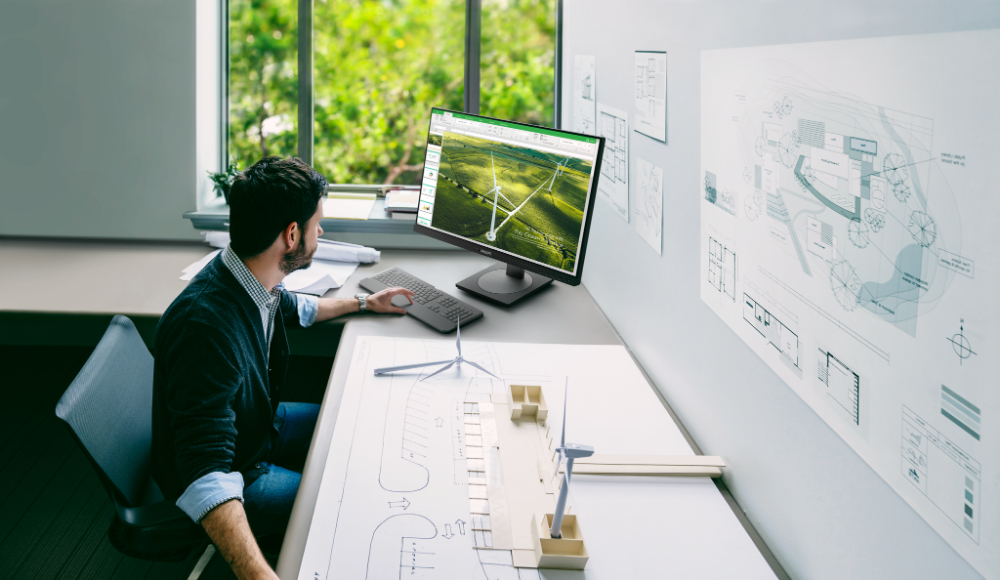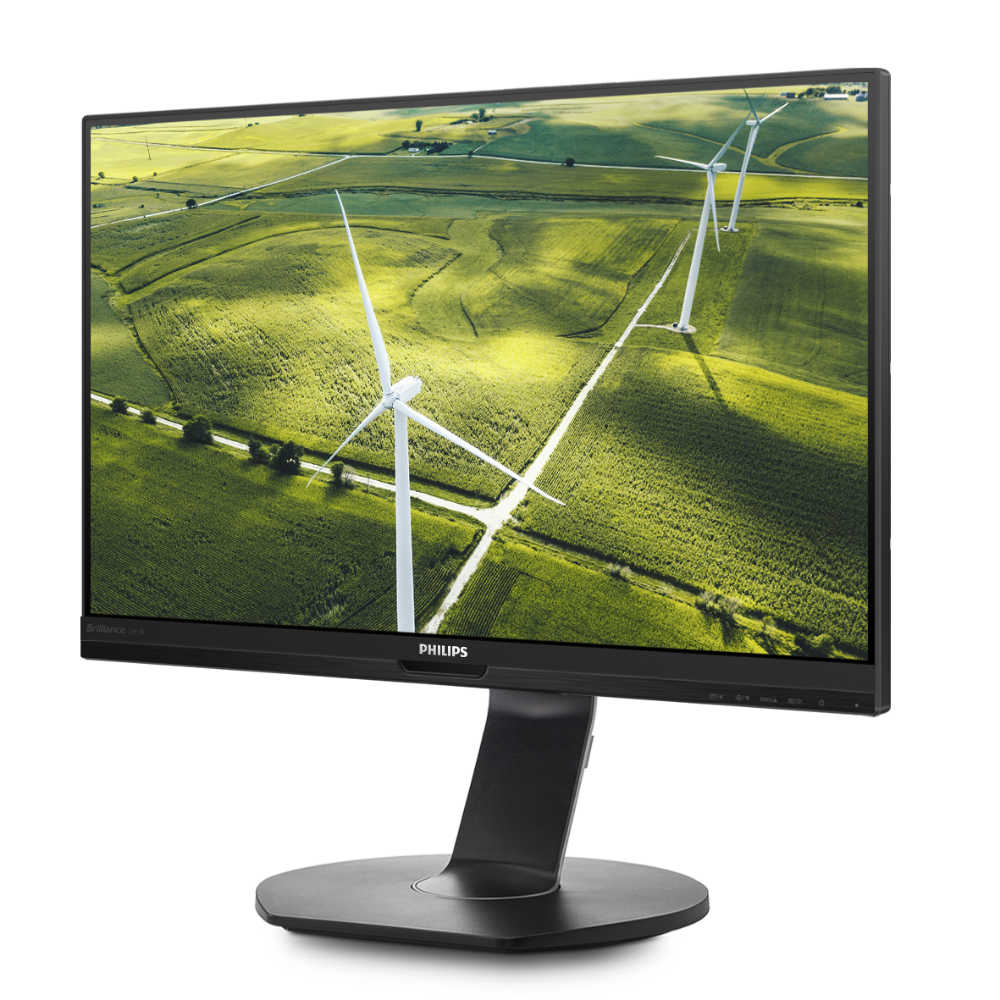![]() 2023/08/07 | MMDInnovationHub
2023/08/07 | MMDInnovationHub
As the world embraces the digital age and our reliance on electronic devices continues to grow, so does the mounting concern over the environmental impact of the electronics industry. This article aims to cover an array of questions you might be having surrounding sustainable packaging for electronics, sustainable electronics, and what Philips’ monitors do to incorporate sustainability in its product line.

What are some examples of sustainable packaging?
As sustainable packaging becomes ever more popular in the world of electronics, one of the best ways to be environmentally friendly is by using recycled materials. This can range anywhere from recycled plastics to cardboard or paperboard. At the end of the day, sustainable packaging is about giving end-of-life materials a new purpose.
For Philips’ monitors, select products offer 100 percent sustainable packaging. The Philips 272B1G and the Philips 241B7QGJEB are the most sustainable monitors in the product line: The carton box each product comes in is 100 percent recyclable and the inner tray that the monitor comes in is made of paper pulp (instead of the traditional styrofoam). In addition to this, Philips’ monitor line has made a goal to increase paper pulp-packaged displays for monitors up to 49 inches by 2024.
To learn more about the Philips green monitor line, please click here.
What are examples of sustainable electronics?
Apart from its packaging, the best path to sustainable electronics is developing technologies that increase power saving, use recycled materials for the monitor’s base/shell, and help manage the monitors at the end of their life.

As a matter of fact, Philips’ monitor line has developed two technologies that are present in a variety of models that help reduce power consumption: PowerSensor and LightSensor. Both aid in lowering energy costs, but the PowerSensor can save up to 70 percent. And, as a matter of fact, Philips’ monitors were the first to introduce the PowerSensor to their product line. While the LightSensor adjusts the brightness depending on the light conditions of the room, PowerSensor works by adjusting the screen’s brightness depending on if the user is present or not.
A more specific example of sustainable electronics is the Philips 272B1G and the Philips 242B1G monitor. Along with its PowerSensor and LightSensor, this product is equipped with a zero-watt hard switch that allows users to completely cut off their monitor’s energy supply easily when it is not in use.

In addition to energy saving, the Philips 272B1G and the Philips 242B1G monitor are equipped with eco-friendly materials, with 85 percent being post-consumer recycled plastics. So, not only does a sustainable product have sustainable packaging, but it also must encompass other initiatives that positively impact the planet, such as monitor-encasing and energy-saving mechanisms.
For more information on the Philips 272B1G product specs, please visit the monitor’s page here and the Philips 242B1G product page here.
All in all, sustainability comes in many forms; whether that be in its packaging, energy-saving technologies, or recycled materials. It is up to you which product you choose to use to make a greater impact on the future of the planet.